I’m obsessed with geography – I’ve always been. What if I can’t read maps that well, what if? And no, don’t say ‘You’re a geologist’ because I, more than anyone else should know that. I’ve almost always loved the contours that define spaces, the grids that govern some cities and making, finding my way.
I collect maps – hanging on my wall, folded in old suitcases, remnants of trips whose memories remain on the tongue and in my head. Straight As in Geography, from the time of Mrs Eju, my geography teacher in FGC Warri till Liverpool and beyond.
I like the art of mapping out, of delineating boundaries, separating by height and width. The idea of navigating, seeking out a path, some direction from the chaos of tar and stone but it wasn’t till my friend Mariam shared a book with me that I understood the multitude of geographies that abound.
I love the geography of discovery, like being deliberate about learning. Learning about places around us, travelling by plate. Like we did to Morocco a few years ago when we pointed at a place on the map, guided by the contents of our fridge, to discovery, discoveries about mint tea and about football
Our ‘dining room voyages’ begin with mint tea – thanks to Morocco and its famous tea culture. We drink our Nigerian version, out of a rather English teapot from Turkish tulip glasses – evidence of our global identity. We love it; Travel by Plate: Tales of Moroccan Mint Tea
By the time I’m done reading this exchange, I know we will begin ‘New Food …day’ for the lure of both food and culture is strong. It is what lies beyond cardinal points and co-ordinate systems, landmasses and oceans. I’m excited, to embrace home and ‘abroad’, for there is still a lot to learn about where we are, and are from – Nigeria; Travel by Plate: Tales of Moroccan Mint Tea
I think of the geography of a baking tray and the outcomes. I love the grid pattern on the parchment paper once I’m done cutting my brownies. It says a lot about me, each grid irregular. And the takers. What pieces comes off the tray first? Why? For me, it depends. It depends on if I lift the brownies off hot or warm. I like the way the lines are clean and how the bottom of the brownies leaves a film, a reminder that something happened here. An event took place. Even the resulting textures of the brownies pay tribute to their location. Corner pieces and edge ones have a certain character that brownies-in-the-centre do not. They have the chewy, crunchy bit that enhances the sensory perception of feasting on one.
In the book, You Are Here Personal Geographies and Other Maps of the Imagination (2003), there are maps of everything from x to y, like the ‘Common Ground Apple Map’.
Mapmaking fulfills one of our most ancient and deep-seated desires: understanding the world around us and our place in it. But maps need not just show continents and oceans: there are maps to heaven and hell; to happiness and despair; maps of moods, matrimony, and mythological places. There are maps to popular culture, from Gulliver’s Island to Gilligan’s Island. There are speculative maps of the world before it was known, and maps to secret places known only to the mapmaker. Artists’ maps show another kind of uncharted realm: the imagination. What all these maps have in common is their creators’ willingness to venture beyond the boundaries of geography or convention.
You Are Here is a wide-ranging collection of such superbly inventive maps. These are charts of places you’re not expected to find, but a voyage you take in your mind: an exploration of the ideal country estate from a dog’s perspective; a guide to buried treasure on Skeleton Island; a trip down the road to success; or the world as imagined by an inmate of a mental institution. With over 100 maps from artists, cartographers, and explorers, You are Here gives the reader a breath-taking view of worlds, both real and imaginary; Source: Google Books
Maps are about relationships, about an approximation of knowledge in a specific time and place.
When I think of eating a mango, my mind is drawn to a map as I navigate – as my tongue and palate navigate flavours that are at once sweet, then spicy and sour, tart and bitter. It makes me think about how mangoes ripen? From the top to the stalk or from the stalk downwards? Is the base of a mango sweeter because ripening begins there on the shoulders? Is this true of all mangoes? I don’t know.
This exploration is personal, as most are. The map is the product of a mapper, or mappers. In some cases, it as true as modern technologies allow. In others, it is by taste and by feel.
Geography by feel. Geography by taste. By memory.
The mango is bean shaped. The variety I like best is the Ogbomosho mango. It’s the only one I eat with any sort of pleasure. Exploring other varieties has shown me a number of tastes which I try to apply to any new mangoes I try. I daresay it’s subjective but hey, we have to start somewhere.
There are mango varieties I’ve had that have left me shaken with the amount of ‘kerosene’ I can taste! Damn, ain’t nobody want to eat fuel for food. I’ve tried to map the varieties on a graph :), because maps can be lines – in 2D or spatial, 3D.
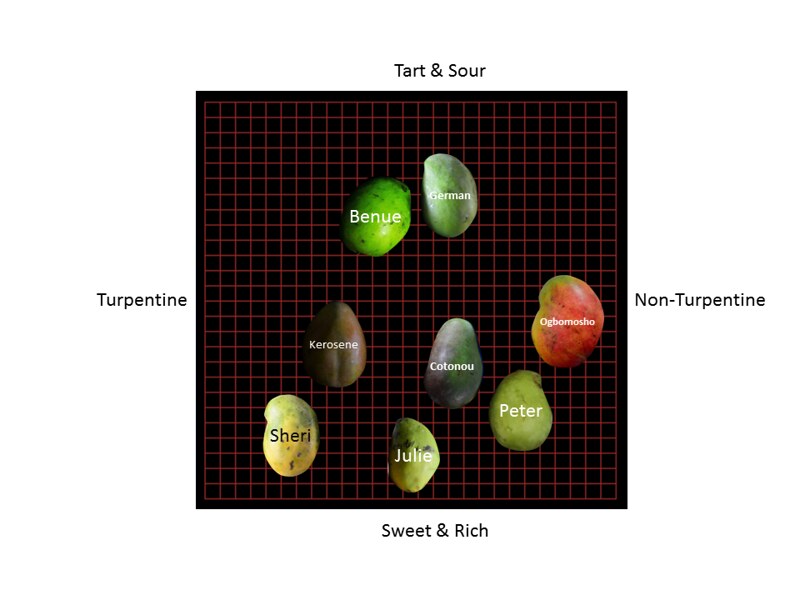
So I begin with my Ogbomosho mango. As I navigate its contours, the inward curve, the suck-belle of it, I’m fascinated by how I orient my mango before I eat it. Bean curve to the left, stalk facing bottom, in my right hand. 4 fingers cradle, 1 secures.
I’m deliberate in where I begin to devour it from. Often from the top, biting in and pulling off strips. At first I investigate the texture and feel of the skin, but after a while, chewing becomes boring and I rip it off, just to get to the flesh, so the juice can meander down fingers and wrists.
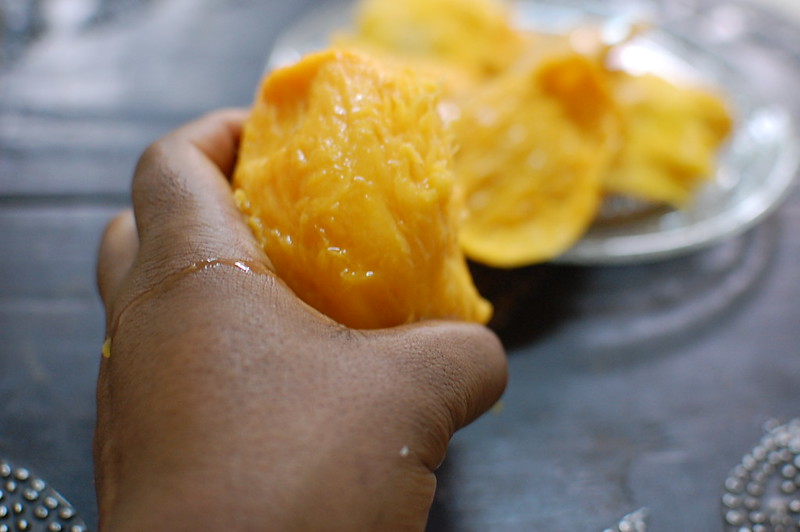
The flesh is always a mix of sweet and tart and a hint of sour that flattens my palate as opposed to how the tart piques it.
I eat one side of flesh then the other. I rotate it and now the top is in my hand, bottom, my mouth. The flavours I encounter I probably could guess at before I even take a bite because colour too can be a map. Greens grading into yellows and reds as an indication of ripeness and sweetness and though I don’t have a Brix-o-meter, I can say this is true.
The top is green with flavours tart and sour. The bean curve is tart, less so than the top and as I head south, the sweetness comes in waves till I reach the bottom. The bottom too is interesting, fatter, wider than the top with longer strands which I use to floss.
How interesting that we can flavour map our mangoes, inch by inch and in so doing, discover patterns about ourselves. Do we have a defined approach? In a way, are we OCD about this? Or totally random?
I think food is beyond the plate, greater than eating. I find it a reflection of all the ways I live my life and it excites me that I can – in a weird but wonderful way – connect my love for it and my exploration of other subjects.
The end.
Are there any fruits or vegetables, dishes you’d like to map or have mapped on your tongues? Please share.

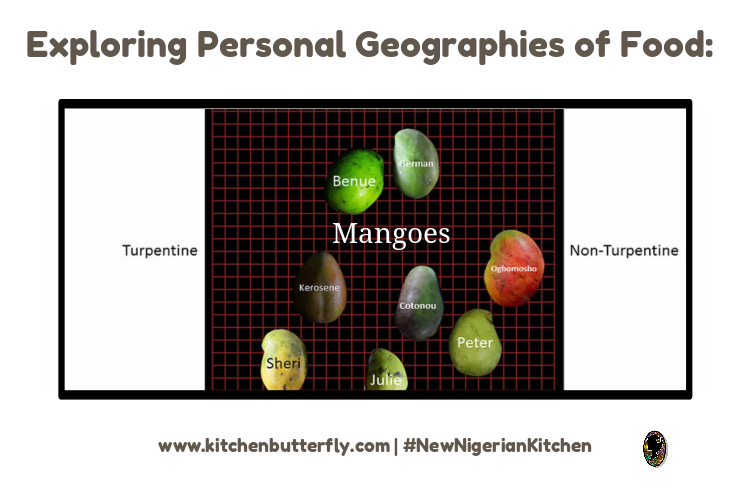
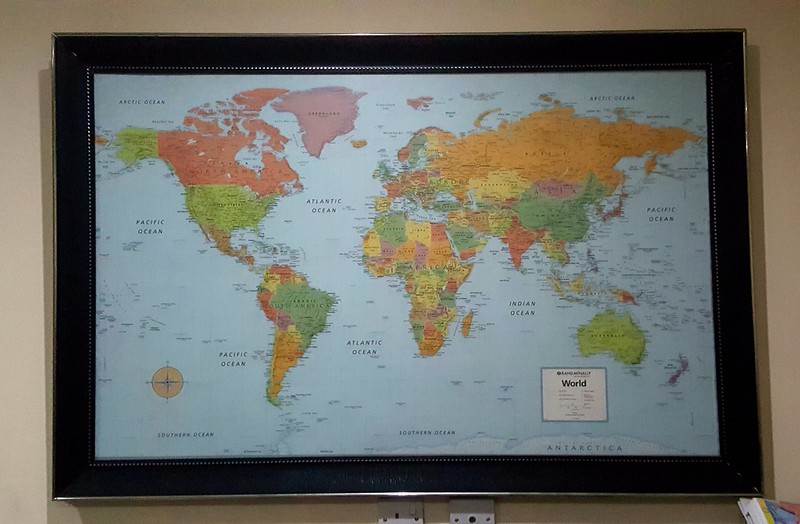
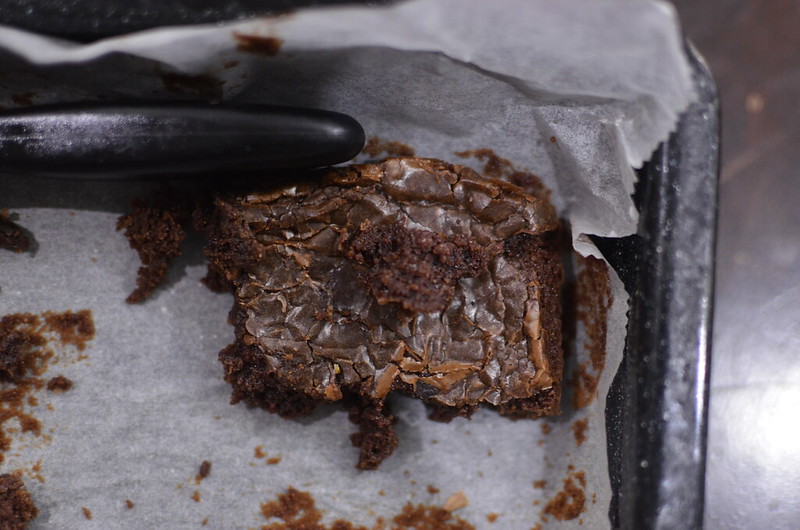
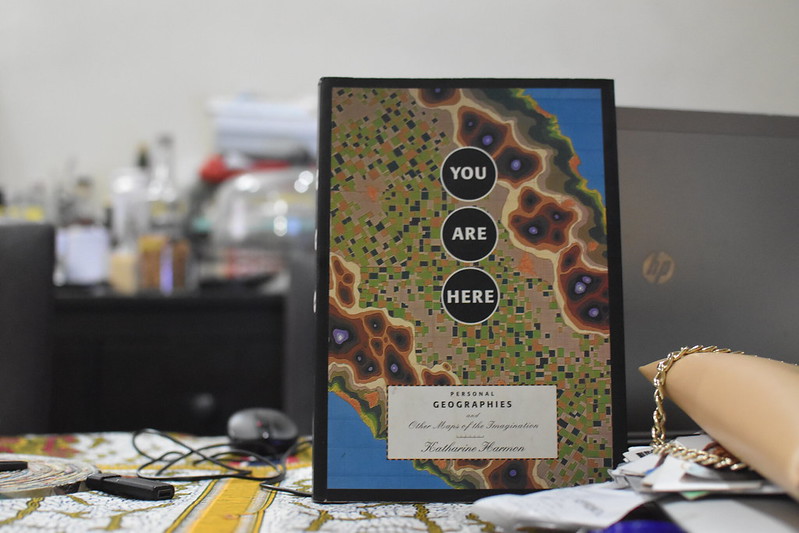
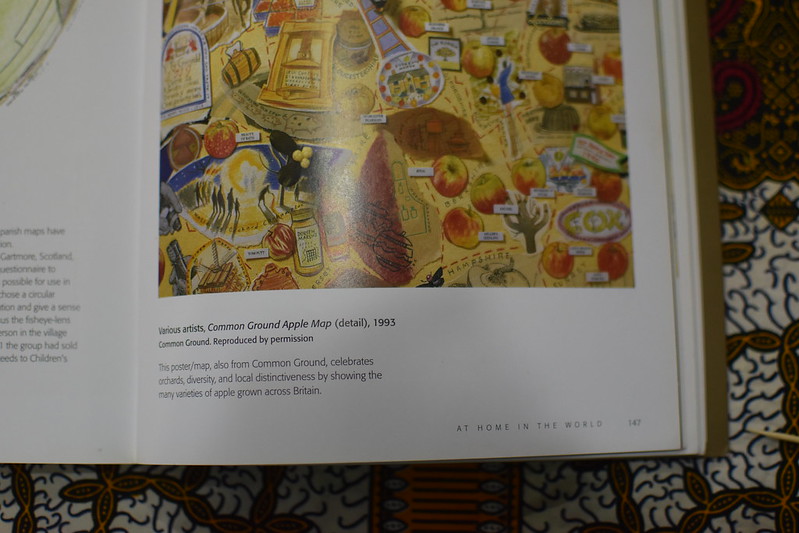
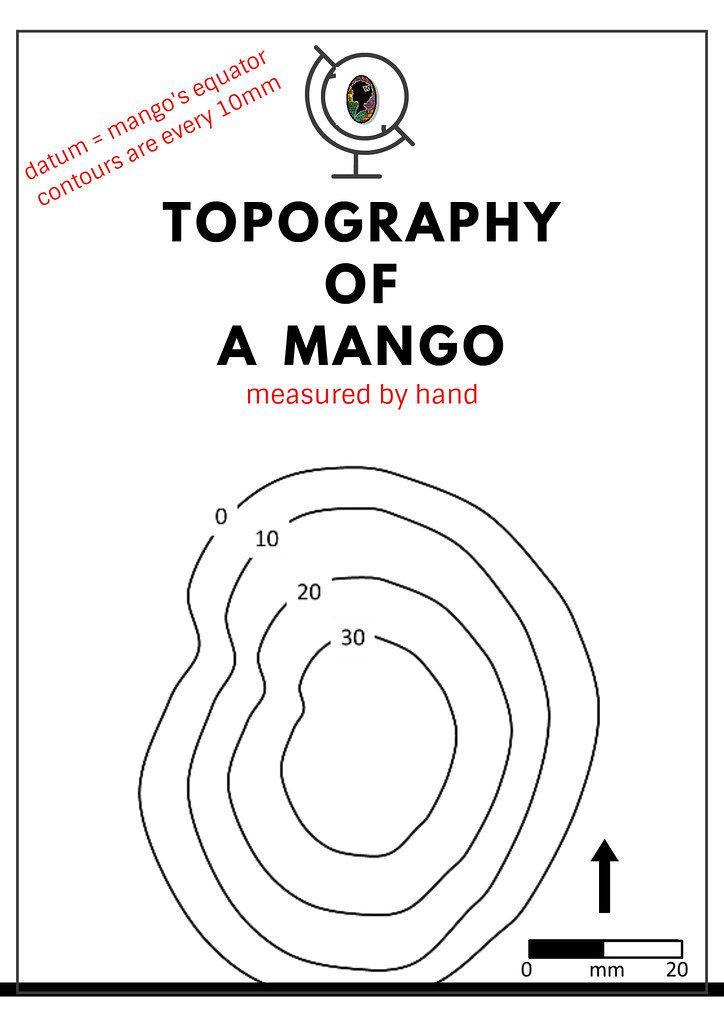
Leave a Reply